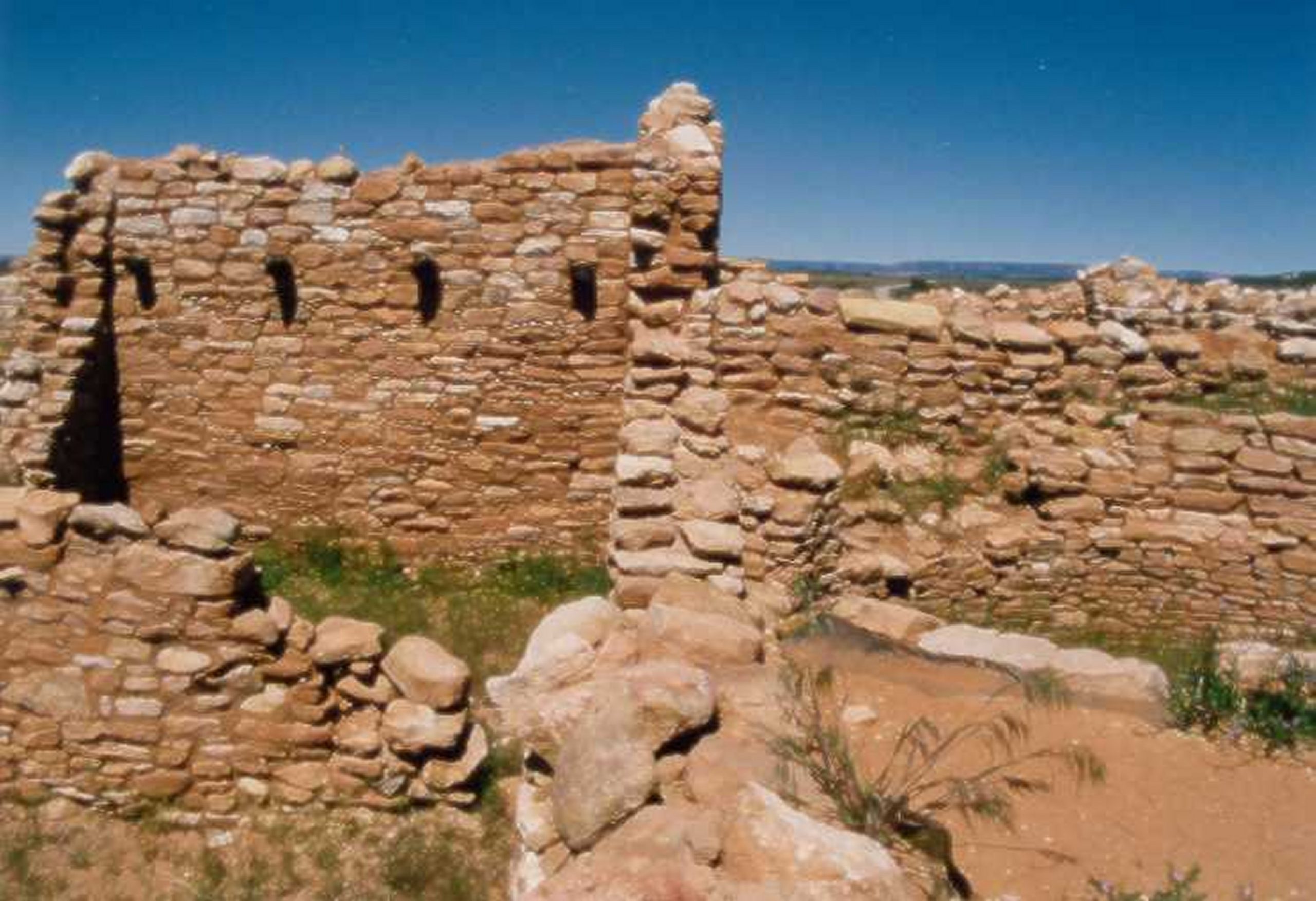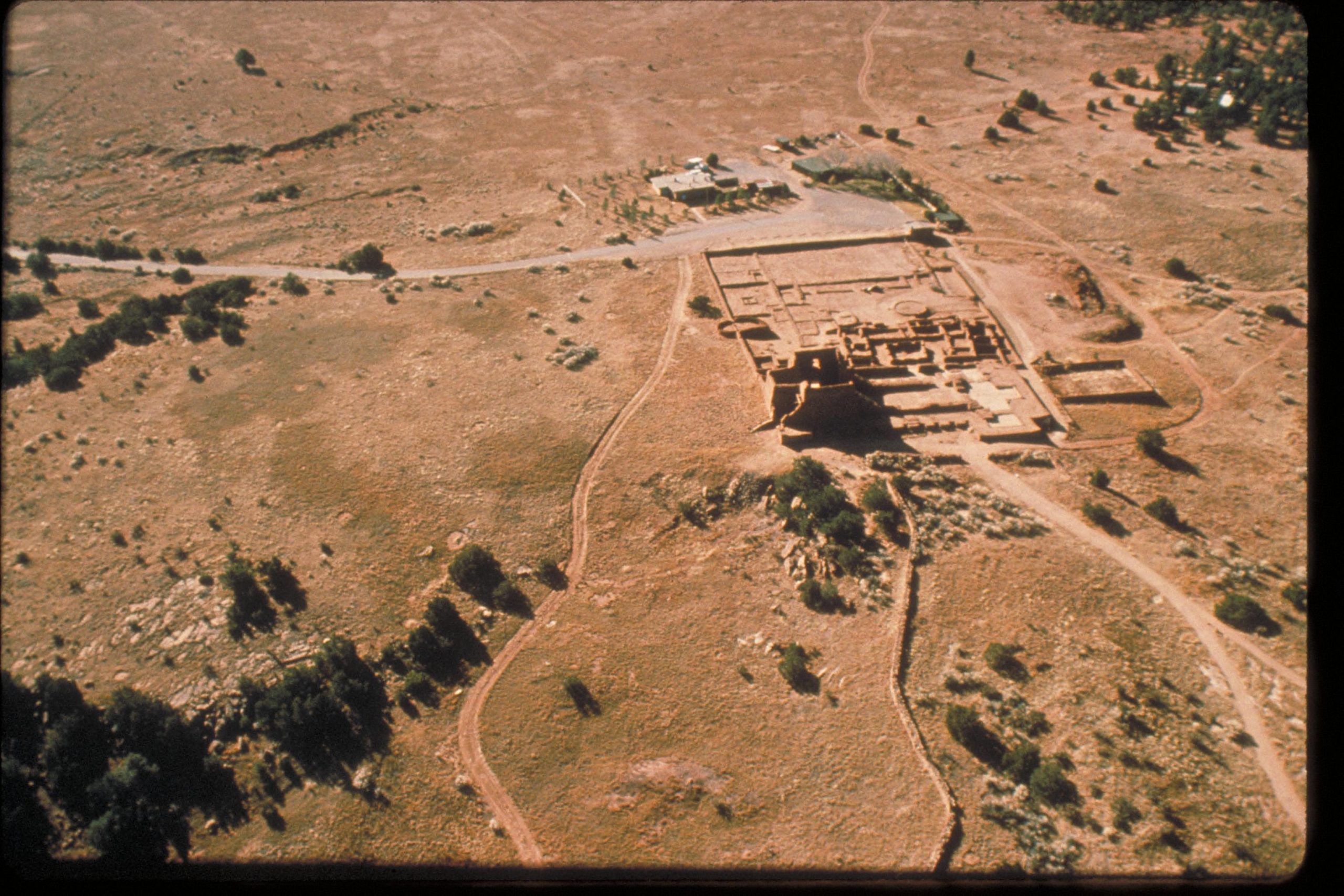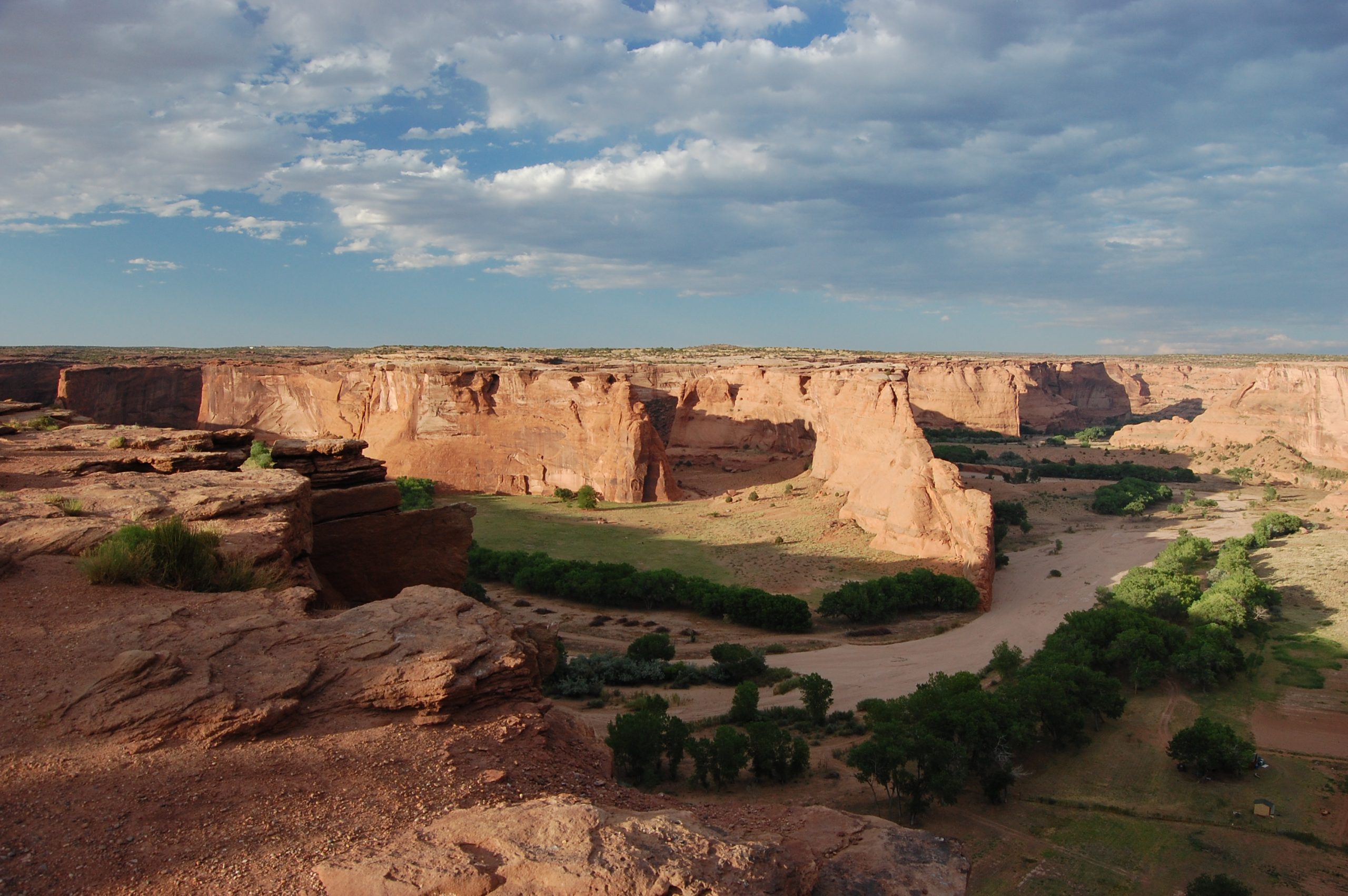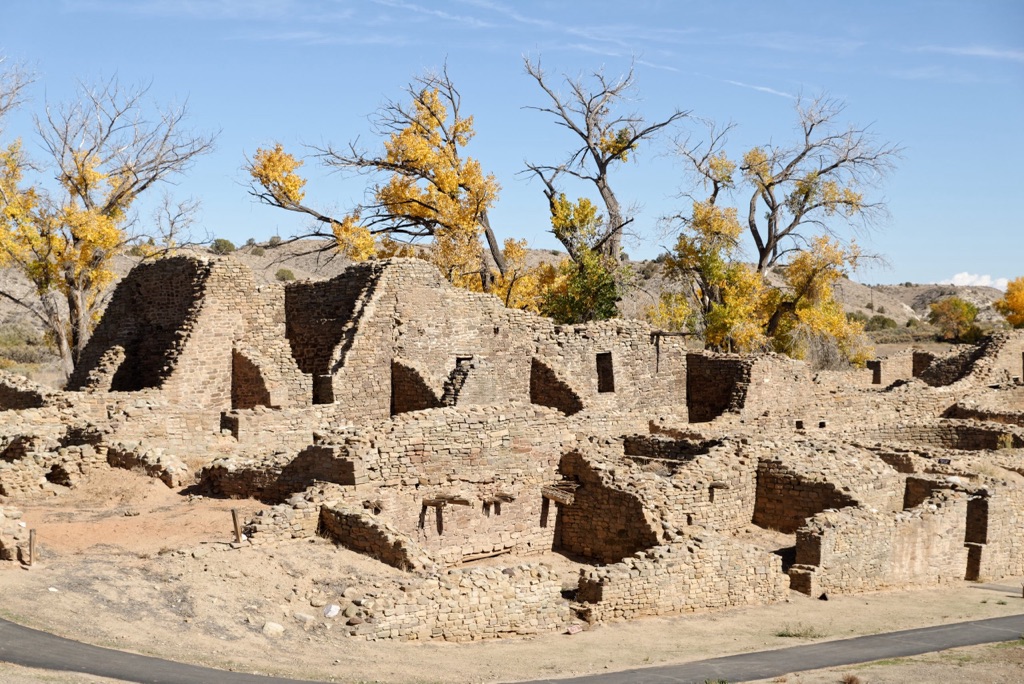Anundshög, located near Västerås in Västmanland, stands as the largest tumulus in Sweden. With a diameter of 60 meters and a height of approximately 9 meters, this monumental mound has captivated historians, archaeologists, and visitors alike. The origins of Anundshög have been debated, with assessments placing its construction between the Bronze Age and the late Iron Age. Radiocarbon dating of a fireplace beneath the mound suggests it was built sometime between AD 210 and 540.
Ancient Civilizations
All Ancient Civilizations, Cultures and People

Edge of the Cedars State Park
Edge of the Cedars State Park Museum, situated in Blanding, Utah, USA, stands as a significant archaeological site, museum, and repository that encapsulates the rich history and culture of the Ancestral Puebloan people. The name “Edge of the Cedars” originates from the site’s location on the boundary between a densely forested area and a barren landscape to the south, with “Cedar” referring to the Utah juniper tree, a term commonly used by locals.

Pecos National Historical Park
Pecos National Historical Park, located in San Miguel County, New Mexico, serves as a testament to the rich tapestry of American history, spanning from prehistoric times through the 19th century. Managed by the National Park Service, this expansive park covers a diverse landscape that includes archaeological ruins, historic ranches, and a significant Civil War battlefield. Among its notable features, Pecos Pueblo, also known as Cicuye Pueblo, stands out as a pivotal Native American community that was eventually abandoned.

Hovenweep National Monument
Hovenweep National Monument, straddling the border between southwestern Colorado and southeastern Utah, offers a unique glimpse into the lives of the Ancestral Puebloan people. Situated on the Cajon Mesa of the Great Sage Plain, the monument is characterized by its deep canyons and wide expanses, through which shallow tributaries flow into the San Juan River. This area, known for its six groups of Ancestral Puebloan villages and a kiva, also bears evidence of earlier hunter-gatherer occupations dating from 8,000 to 6,000 B.C. up until about AD 200. The monument’s history of human occupation reflects a transition from nomadic lifestyles to settled pueblo communities, which thrived until the 14th century.

Canyon de Chelly National Monument
Canyon de Chelly National Monument, established on April 1, 1931, is a significant cultural and historical site located in northeastern Arizona, within the Navajo Nation. This monument, covering 83,840 acres, is unique as it is entirely owned by the Navajo Tribal Trust, making it the only National Park Service unit owned and cooperatively managed in this manner. The monument’s landscape has been continuously inhabited for thousands of years, showcasing the rich history of the indigenous tribes that have lived in the area.

Aztec Ruins National Monument
The Aztec Ruins National Monument, located in northwestern New Mexico, United States, stands as a significant archaeological site that offers insight into the lives of the ancestral Pueblo peoples. Situated on the western bank of the Animas River in Aztec, New Mexico, approximately 12 miles northeast of Farmington, this monument preserves structures that were constructed between the 12th and 13th centuries AD.

